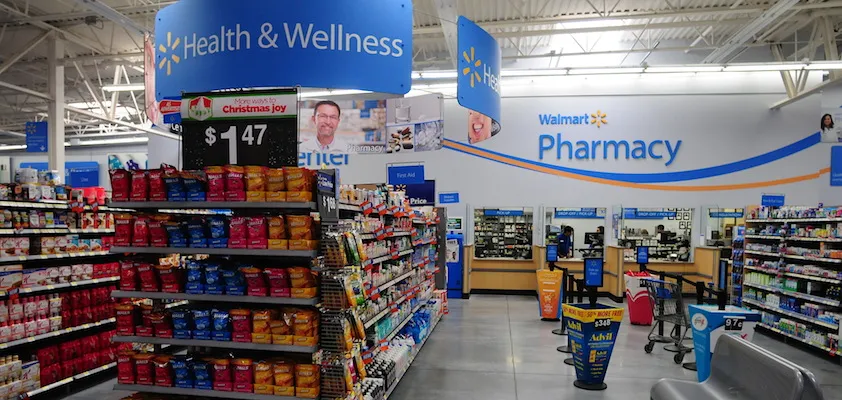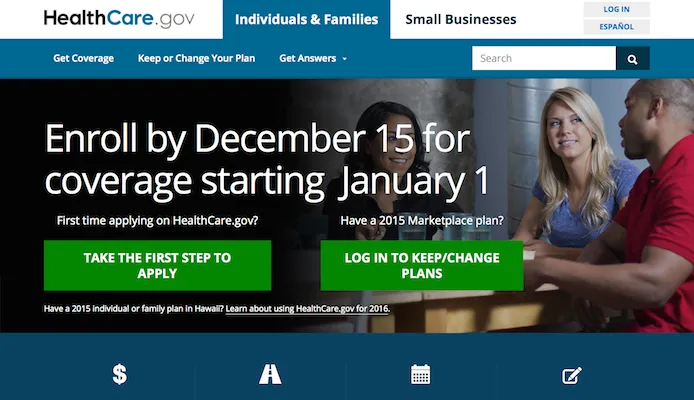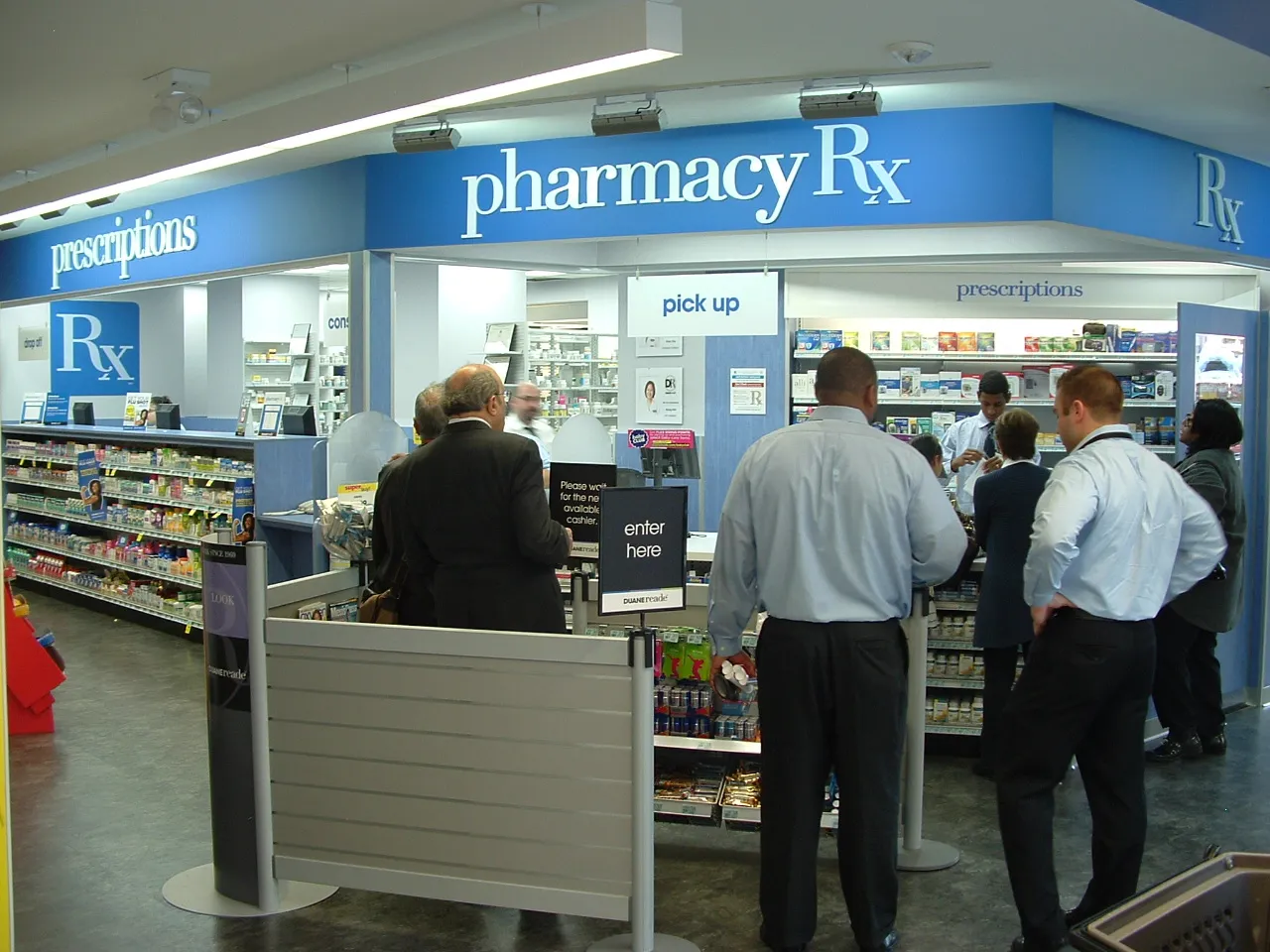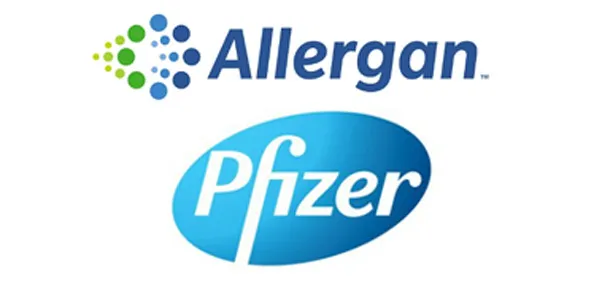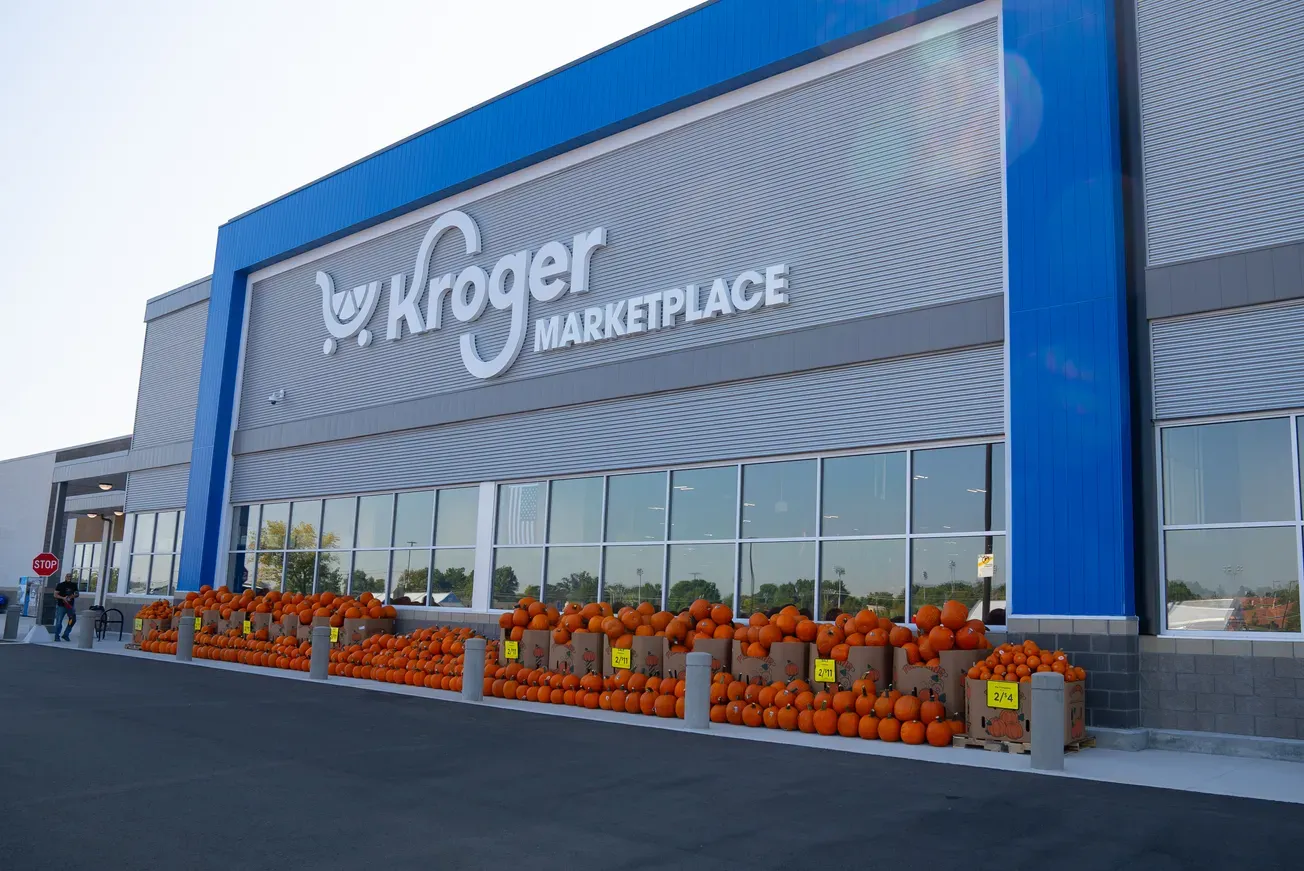A lot of uncertainty surrounds the future of health exchanges, but one thing is clear: Customers will have more information about and more transparency into what their health dollars buy — and thus more power to choose.
As providers compete on this somewhat leveled playing field, they will be pressured to find new ways to create value, especially for accessible and convenient care, quality and service.
To achieve breakthrough levels of value, health care providers — including pharmacies — may opt to form restricted network alliances in order to leverage the efficiency and the end-to-end experiences that some customers seek. These networks can add value by being the glue that holds a fragmented health care system together — a role the patient typically plays today.
In a world of health exchanges and health care choice, patients could choose restricted networks as a way to reduce their costs and to capture more value. As network alliances form, pharmacy can take an active role on the next frontier of leveraging scale. Plans will differentiate beyond network management — by driving quality and access and by managing health beyond the proven practices of risk management and limiting the network to achieve cost savings.
Pharmacies may look for new opportunities to achieve vertical scale and to use that scale to increase their reach and differentiate within the health care ecosystem. We may see pharmacies develop more exclusive relationships as a way to grow volume and deliver more value by integrating service offerings and operational efficiencies.
Although cost will continue to be an important factor, customer access and service offerings will become the real drivers for forming a differentiated pharmacy.
Opportunity of Restricted Networks
With pressure to contain costs, payers are on the lookout for new ways to curb costs without sacrificing quality and negatively impacting patient health. Throughout the health care ecosystem, restricted networks have become a more attractive business model, as they allow payers to align with high-quality and cost-effective providers. Although this model has gained traction in health care, truly closed networks have been limited in the pharmacy model.
As we look toward the future and the changes resulting from the rise of health exchanges, could a closed pharmacy network as part of a more integrated health care offering give consumers a new level of value? We see this potential value coming in the form of additional services and more convenient, collaborative care rather than cost savings that are relatively minor compared to overall health care expenses. Retail pharmacies willing to play a larger role in closed networks stand to gain a new level of customer loyalty. In this new world, being the cheapest option for medications will be necessary, but it won’t be enough.
Green Shoots of Closed Networks: Distribution Alliances
We are already seeing signs of an integrated pharmacy value chain with the formalization of relationships between distributors and pharmacies. Three of the top five pharmacies already have long-term distribution contracts. The nature of these contracts is strategic, covering the sourcing, merchandising, inventory management, warehousing and distribution of pharmaceuticals. But these relationships have the potential to be more strategic and drive even more value.
Paired with a large-scale network alliance, these value chain relationships could trigger a sea change in prescription fulfillment. When looking at the supply chain of generics from end to end, the packaging, distributing, prescribing and pour-and-count dispensing of pills that cost pennies is preposterous. In contrast, a restricted network — one that can source a limited number of generics, aligned to a limited payer formulary and packed in a dispensable quantity that is within the limited degrees of freedom that a prescriber can prescribe — creates much less waste and less cost.
Restricted networks could put more pressure on prescribers to prescribe against a more limited formulary and quantity, driving unit-of-use and compliance packaging. Taking that one step further, a distributor delivering centrally filled prescriptions to the pharmacy on the same day or the next day would remove even more prescription-filling labor from the stores.
The overall results could include a wider range of service offerings, better customer service, improved patient health, lower operating costs and less investment in automation in the pharmacy. However, these benefits come at a cost to patients: less choice, including the option to go to any pharmacy or to receive 28 pills a month instead of 30. Is it a trade-off that patients will be willing to make?
How Pharmacies Gain
Restricted payer networks that include pharmacies and integrated hospital systems could help build an expanded and more coordinated health offering while ensuring that patients use the most cost-effective providers for their needs, including retail pharmacies or clinics. While pharmacies already focus on improving adherence, scaling their efforts with seamless provider and payer collaboration could enable them to collect and use data on a whole new level. Advanced data analysis has the potential to incorporate behavioral observations and data from providers, pharmacies and even personal medical devices while monitoring adherence. The data generated could improve patient outcomes and in turn be used to support value-based reimbursement models.
This revolutionary combination of behavior and drug outcome data also presents new revenue opportunities. For example, the data could be commercialized to pharmaceutical companies to support real-world clinical trials. Monitoring drug efficacy and side effects is a difficult — and costly — part of drug development. As the industry grapples with skyrocketing development costs, continuing to monitor real-world efficacy and being able to relate it to behavioral and environmental conditions could be a way to reduce risk and gain new insights about pharmacology while saving development time.
What It Means for Patients
At the same time that health care is becoming more integrated, customers are becoming more informed, and they want to play an active role in their health care decisions. What will drive customers’ choices about their pharmacy and health care decisions? In a world where some choices are limited but the information and experience are integrated, and it is less expensive overall, we believe customers will be willing to make that trade-off.
Health care will be affected by cost pressure, social pressure and the transparency of health exchanges. This will influence how stakeholders think about the value that restricted networks create. Looking forward, there is reason to believe that pharmacies will leverage their existing scale and capabilities to drive integration and partnerships within the health ecosystem to differentiate and play a bigger role in health care. Will this scale be enough to unlock the breakthrough added value that customers are demanding?
Rajeev Kapoor is a partner with A.T. Kearney’s Health Practice; based in New York, he can be reached at rajeev.kapoor@atkearney.com. Megan Geelhoed is a principal with A.T. Kearney’s Health Practice; based in Chicago, she can be reached at megan.geelhoed@atkearney.com. Kate Maheu is an associate at A.T. Kearney’s Chicago office; she can be reached at kate.maheu@atkearney.com.

